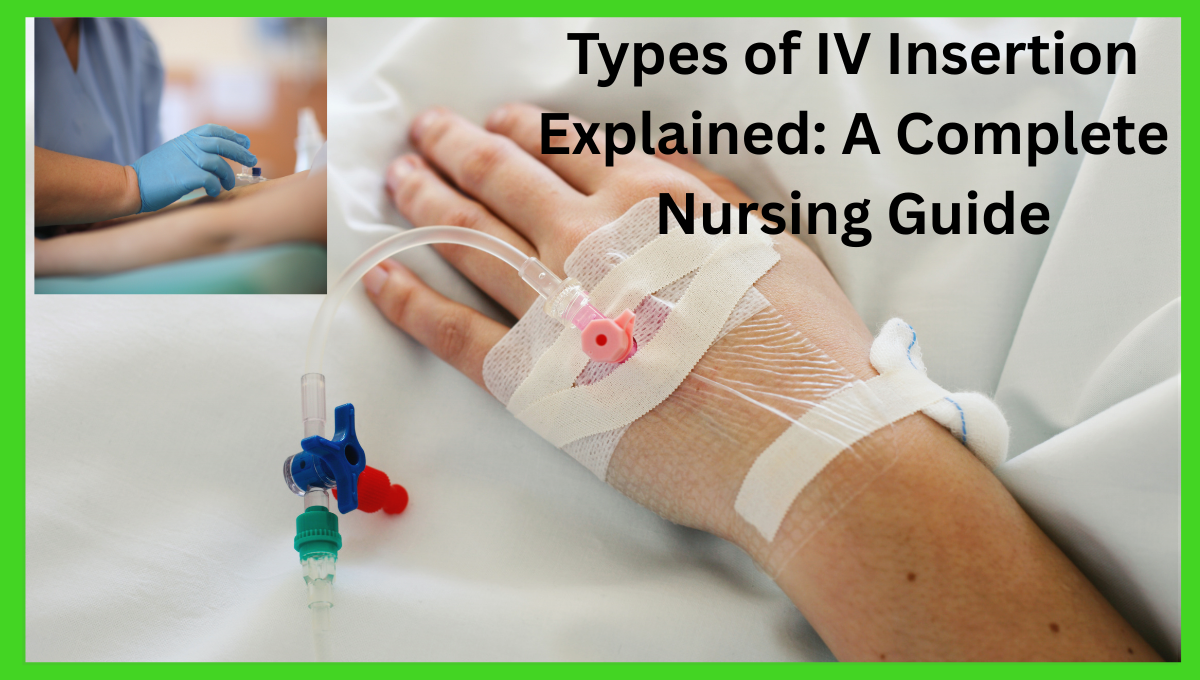Types of IV Insertion Explained: A Complete Nursing Guide
Intravenous (IV) therapy is an essential technique in contemporary healthcare for administering drugs, fluids, and nutrients. Regardless of whether you are a nursing student or a seasoned healthcare professional, comprehending the many sorts of IV insertion is essential for guaranteeing safe and effective patient treatment.
This article will delineate the principal categories of intravenous insertions—peripheral, midline, central lines, PICC lines, and IO access, among others—each possessing distinct applications, benefits, and therapeutic considerations.
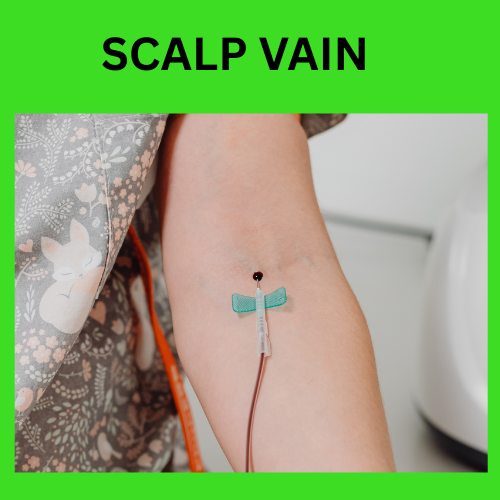
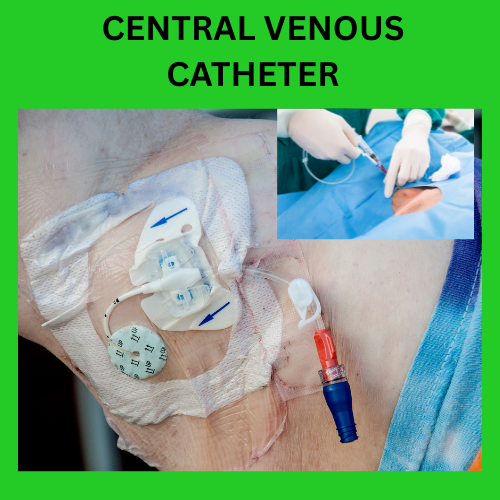
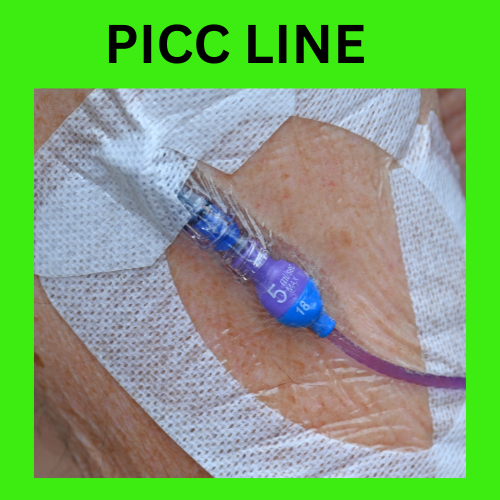
🔍 What is intravenous (IV) insertion?
IV insertion, or vascular cannulation, involves the placement of a flexible plastic catheter into a vein or bone for the direct administration of drugs into the bloodstream. Intravenous access is utilized in both emergency and standard medical care for the fast absorption of fluids or pharmaceuticals.
Different categories of intravenous insertions are As below:
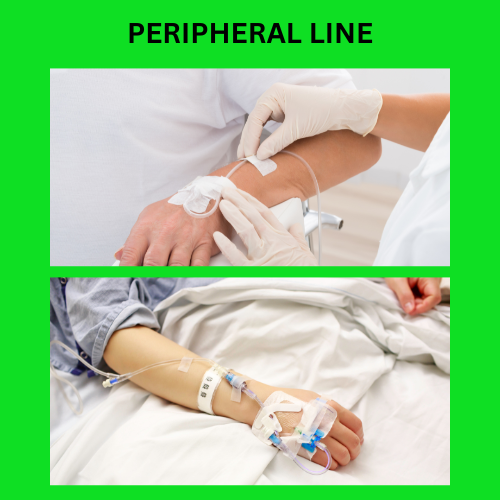
- Peripheral Intravenous Cannulation (PIV) ✓ Definition:
A peripheral IV is placed into minor veins, typically located in the forearm or dorsal aspect of the hand. - ✅ Indications for Use: Hydration treatment Administration of antibiotics Analgesic pharmaceuticals Emergency pharmaceuticals
- ✅ Benefits: Rapid and effortless insertion Negligible problems associated with short-term utilization
- ⚠️ Risks: Phlebitis Penetration Restricted for temporary utilization (under 1 week)
- Midline Catheter A midline catheter is put into a peripheral vein in the upper arm, extending deeper than a conventional peripheral IV but terminating prior to the central veins.
- ✅ Indications for Use: Prolonged antibiotic treatment Intravenous fluids administered over a duration of 1 to 4 weeks Patients requiring multiple venous access
- ✅ Advantages: Extended duration compared to PIV Reduced infection risk compared to central lines
- ⚠️ Risks: Not appropriate for vesicant medications or total parenteral nutrition (TPN). Requires ultrasound assistance for insertion
- Central Venous Catheter (CVC) A central line is introduced into a major vein (such as the jugular, subclavian, or femoral) and progressed to the superior vena cava.
- ✅ Indications for Use: Chemotherapy Total Parenteral Nutrition (TPN) Prolonged pharmacotherapy Hemodynamic assessment
- ✅ Benefits: Appropriate for irritating or high-volume infusions May be utilized for several months.
- ⚠️ Risks: Necessitates a sterile approach and proficient implantation. Increased susceptibility to bloodstream infections
- Types of Central Venous Catheters:
Non-Tunneled Central Venous Catheter: Short-term, intensive care unit, or emergency application Tunneled Central Venous Catheter (e.g., Hickman): Prolonged utilization Implanted Port (e.g., Port-a-Cath): Subcutaneously situated, accessed via needle when required - Peripherally Inserted Central Catheter (PICC Line)
- ✓ Definition:
A PICC line is placed in a peripheral vein in the arm and extends to a central vein next to the heart. - ✅ Indications for Use: Prolonged antibiotic therapy Chemotherapy TPN Regular phlebotomy
- ✅ Benefits: Prolonged utilization (weeks to months) Reduced infection risk compared to alternative central lines Effortless to administer in outpatient settings
- ⚠️ Risks: Necessitates imaging (X-ray or ultrasound) to verify installation. Risk of thrombosis or catheter obstruction
- Intraosseous (IO) Access Intraosseous access entails the direct insertion of a needle into the bone marrow to administer emergency fluids or medications when venous access is unattainable.
- ✅ Indication for Use: Cardiac arrest Significant injury Pediatric emergencies Hypovolemia accompanied by collapsed veins ✅ Benefits: Instant access during crises Elevated absorption rate attributable to a dense vascular network
- ⚠️ Risks: Limited to the short term (often less than 24 hours) Excruciating and may necessitate sedation Risk of compartment syndrome or osteomyelitis.
- Scalp Vein Intravenous (Butterfly Needle)
- ✅ Definition:
A little winged butterfly needle, typically inserted into scalp veins (particularly in neonates) or other superficial veins for brief infusions. - ✅ Indications for Use: Infants and neonates Brief infusions Hematological sampling
- ✅ Benefits: Effortless and expeditious Minimally invasive in neonates
- ⚠️ Hazards: Prone to dislodgement Restricted to temporary utilization
- Umbilical Vein Catheter (UVC)—For Neonates Definition:
The umbilical vein catheter, utilized in newborns immediately after birth, offers direct access to the central circulation. - ✅ Application: Emergency neonatal resuscitation Exchange transfusions Surveillance and pharmaceutical administration ✅ Benefits: Central access without the need for peripheral insertion
- ⚠️ Hazards:
Risk of infection and thrombosis
Demands rigorous aseptic methodology - ❓ Common Questions
- Q1. Which intravenous line is optimal for prolonged antibiotic administration?
A PICC line or midline catheter is generally employed for prolonged antibiotic therapy, contingent upon the type and duration of the medicine. - Q2. What distinguishes a central line from a PICC line?
A: Both are central access devices; however, a PICC line is implanted peripherally in the arm, whereas a central line is directly inserted into major veins in the chest or neck. - Q3. Is a nurse permitted to install a PICC line?
A: Yes, specially trained nurses (PICC-certified) are capable of inserting PICC lines under ultrasound guidance in various healthcare environments. - Q4. Under what circumstances is intraosseous (IO) access favored?
Intraosseous (IO) access is employed in life-threatening circumstances where conventional intravenous (IV) access is challenging or unfeasible, particularly in pediatric patients or during cardiac arrest. - Q5. What is the most secure intravenous access for neonates?
Scalp vein intravenous lines or umbilical vein catheters are frequently utilized based on necessity and clinical context. - 🧠 Concluding Reflections: Selecting the Appropriate IV Insertion is Crucial
The choice of appropriate intravenous access type is contingent upon several criteria, including the duration of therapy, the nature of the medication, the patient’s condition, and the proficiency of the healthcare provider. Proficiently utilizing these options enables nurses to provide prompt, secure, and efficient care.

